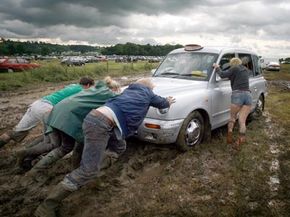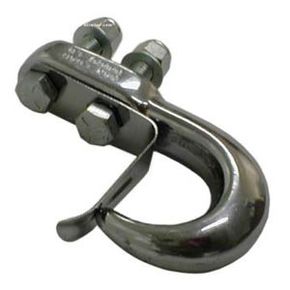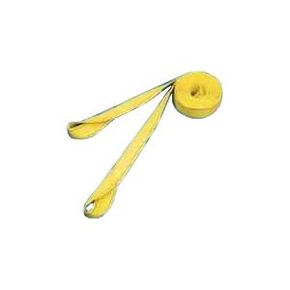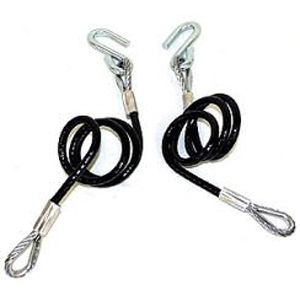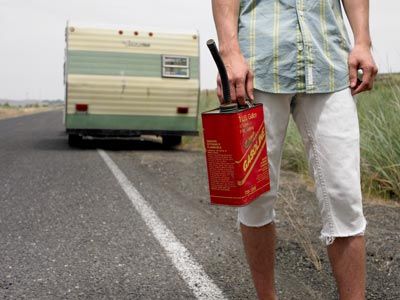If you're an off-road enthusiast or simply need to take a detour down a rough, slippery road for whatever reason, your vehicle isn't always invincible. Rain and mud can be a driver's worst enemy, and even the biggest, most prepared off-roaders can get stuck in a bad place. During tough times, having a tow hook attached to a capable tow vehicle can provide help to those who are stranded. Even if someone's car has broken down in decent weather, sometimes using a tow hook and strap to bring the vehicle to a safer and more desirable towing position may be the best decision.
Either way, knowing how to use tow hooks and the right kind of straps correctly can come in handy during times of stress. There are several things you need to take into consideration -- how much weight is being pulled, the terrain on which you're towing and the angle from which you approach the situation are just a few important factors. One wrong move or decision can cause lots of damage to one or both vehicles, which can lead to expensive repairs and even more frustration.
Advertisement
How are tow hooks used properly? What safety concerns do you need to keep in mind when using a tow hook and strap?
Advertisement
